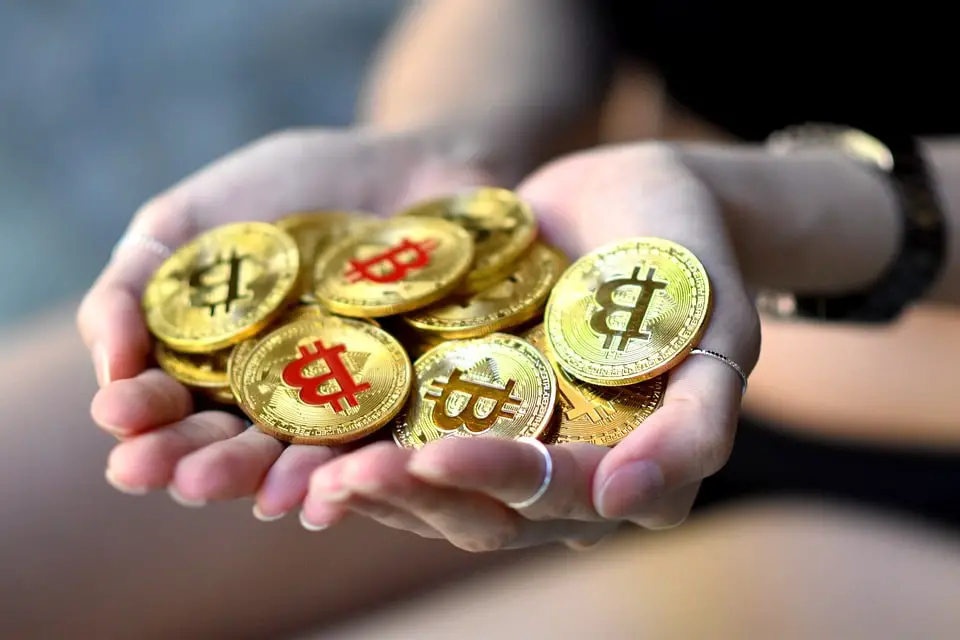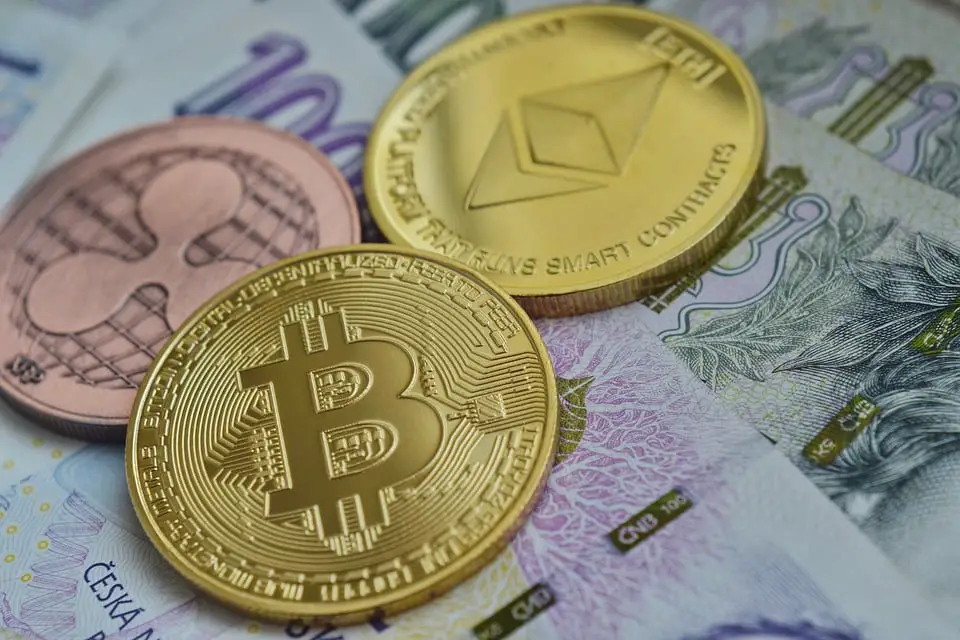The world of cryptocurrencies is quite complicated and sometimes difficult to understand even elementary concepts. In this article, we explain the meaning of such basic concepts as a token and cryptocurrency, as well as their similarities and differences.
What are security tokens?
Security tokens are digital equivalents of securities (English – securities), certifying property and giving owners the right to realize their investment interests (the right to shares, dividends, a share of profits, etc.). These rights are recorded in a smart contract, and the tokens themselves are traded on exchanges. The turnover of security tokens takes place in accordance with the legal regulations of financial regulators in various countries, for example, the US Securities and Exchange Commission (SEC) or the Swiss Financial Market Supervision Authority (FINMA).
The managing partner of Morgan Creek Capital, Anthony Pompiano, in his article “The Official Tokenized Securities Guide” defines security tokens as “digital assets subject to federal securities laws, a cross between tokens and traditional financial products”. It also describes security tokens as “programmable ownership”, which can be applied to any asset — public or private capital, monetary obligation, real estate, etc.
Why do we need security tokens?
Due to the nature of security tokens, from a legal perspective, they are treated very differently than the so-called utilitarian tokens (utility tokens). The latter are popular among the organizers of the ICO, representing a means of gaining access to the company’s product or service. Unlike utility tokens, security tokens are tied to real securities, that is, they are considered to be a financial investment, and additional regulatory requirements are imposed on the companies issuing them, including reporting.
Security tokens also solve one of the biggest problems of ICO – the lack of guarantees of compensation in case of project failure or fraud by the organizers. In addition, they serve as a tool for risk hedging investment strategy such as a simple agreement on the future of tokens (Simple Agreement for Future Tokens – SAFT ). This model is considered to be more secure, as it gives accredited investors the opportunity to acquire tokens after the launch of the project, but still poses certain risks: investments are not directed to tokens, but in fact in the promise to receive them in the future.
What are the benefits of security tokens?
One of the main advantages of security tokens compared to traditional financial products is the elimination of intermediation in the face of banks and other organizations. This leads to the creation of a completely different environment for investing and making deals.
In his article The Security Token Thesis, Professor of Finance at the University of Oregon and Harbor Project Advisor (attracted $ 28 million investment to create a protocol for issuing and trading security tokens) Stephen McKeon lists the following key benefits of this asset class:
- 24/7 market access
- Share ownership
- Quick execution of transactions
- Lower transaction costs
Increased market liquidity - Ability to automate compliance procedures
- Simplify the exchange / trade of such assets
- The ability to create an ecosystem of related services
How to determine that an asset belongs to the category of security tokens?
Traditionally important is the position of the American SEC regarding what should be considered a security. To understand the approach followed by the US financial regulator, it is necessary to return to Florida in 1946, where the company called Howey Company, which owned orange plantations, offered investors an unusual solution. The scheme suggested that investors acquire a piece of land with a plantation, and the Howey Company gives a clearly stated obligation to work there and pay them a portion of the proceeds.
The transaction, however, was prevented by the SEC – the Commission decided that this scheme was an investment contract and the participants had to be properly protected. The Howey Company challenged this decision, stating, as an argument, that this is just a matter of selling land. The case eventually turned out to be under consideration by the US Supreme Court, which took the side of the Commission, thereby initiating a definition of what is considered to be a security.
In honor of the company, which entered into a legal dispute with the authorities, appeared the so-called Howey Test (Test Howie) , according to which the transaction is classified as a security, if the investor affirmatively answers all four questions:
- There is the fact of investing cash.
- There is a waiting for profit.
- Money is invested in a regular business.
- Any profit and its size depend not on the efforts of the investor, but on the efforts of the counterparty or a third party (promoter).
It is this SEC test that applies today to ICO and tokens, and if all the above questions are answered in the affirmative, then the investor is going to invest money in investment (security) tokens.
What is Security Token Offering (STO)?
According to popular belief, Security Token Offering (STO) is the next evolutionary step after the Initial Coin Offering (ICO) boom, defining the vector of industry development towards a more regulated and transparent market. However, STO and ICO are two different investment attraction mechanisms designed for different situations.
First of all, STOs assume the issuance of digital assets in full compliance with the requirements of the legislation on securities. This should provide a higher degree of protection of investors’ rights and reduce regulatory risks for issuers of tokens. In addition, STOs focus on a different target audience – only professional (accredited) investors can participate in such a placement.
This category, according to US law, includes individuals who meet at least one of the following requirements:
- Annual income of more than $ 200,000 per person or $ 300,000 for a married couple, maintained over the past two years and projected in the current year in which the person plans to make investments;
- Net assets of more than $ 1 million, which do not include the value of real estate in which the person lives on a permanent basis;
- An organization that has assets in excess of $ 5 million, for example, a venture capital fund or a trust fund;
- A company whose members are all accredited investors.
In addition, there are a lot of technical details that the investor needs to know for proper participation in STO, and the organizers – to raise funds. In particular, when conducting a STO in the United States, issuers must take into account the Securities Act of 1933, namely, several of its provisions: provision D, provision A + and position S. They describe various scenarios in which companies can offer investors securities ( security tokens).
What are the drawbacks of security tokens?
Cryptocurrency industry, first of all it concerns the ICO sphere, is often perceived as a kind of reincarnation of the “Wild West”, where the right of the strong acts and the ability to turn this or that scheme. STO, as already mentioned, largely removes the whole process from the gray zone, but it also means that the sector loses its previously familiar advantages.
High entry threshold. Since investing in security tokens involves only accredited investors, this automatically cuts out a significant part of the cryptocurrency community, including quite law-abiding members.
Higher costs for issuers. Despite the reduction in transaction costs, the launch of STO is associated with significant bureaucratic red tape. This means increased costs for lawyers and other professionals who contribute to the smooth launch of the project.Consequently, due to the high costs, STO is more suitable for companies that are in later stages of development (Round A and above).
The above mentioned Anthony Pompiano, in his work on security tokens, also suggests that the “flip side of the coin” is that when the intermediary is removed, its functions are transferred to the buyer and seller. In particular, he draws attention to the fact that parties traditionally responsible for preparing marketing materials, attracting investors, ensuring a high level of compliance with regulatory requirements and successfully concluding a transaction are excluded from the transaction. With this statement, however, you can safely argue – many companies successfully develop their own marketing departments, without giving such questions to outsourcing.
Where are security tokens traded?
Despite the fact that this direction is considered promising, the possibilities of investors are still quite limited. The intentions to work in this area are also announced by the already existing large cryptocurrency platforms, for example, Binance, as well as large stock exchanges like Nasdaq. Nevertheless, at the beginning of 2019, there were a very small number of licensed trading platforms offering similar tools.
Among them is the tZero platform, which officially launched in January. The first token that started trading on tZero was KODAKCoin, designed to serve the KODAKOne digital image platform. This token allows professional photographers and amateur photographers to receive payment for licensing their work, a share of the total income of the platform and sell ownership of their work using the KODAKOne secure platform.
At the end of 2018, Harbor launched a platform to distribute security tokens, inviting investors to register to buy shares in The Hub residential complex in South Carolina. 955 shares were put up for sale in the form of security tokens for $ 21,000 per unit.
Other startups specializing in technological and financial solutions for this sphere should also be noted. For example, among the creators of the SRC-20 protocol, which is considered the cryptographic standard of security tokens, liquidity providers and other solutions for this area, we can distinguish Blockchain Capital Broca Pierce, Polymath, Securitize, Templum, Securrency, OpenFinance Network and Orderbook from Ambisafe.
During 2019, the situation, however, may change significantly, and it is assumed that competition in this market will increase markedly.
What is the future of security tokens?
Despite the fact that a number of projects are still desperately trying to avoid a situation in which the tokens they issue are classified as securities, the general trend is precisely in this direction. Good or bad – a question to which there is no definite answer.
On the one hand, the arrival of institutional investors, namely, they are accredited investors, can fundamentally change the entire landscape of the industry and give it an important impetus to development. On the other hand, it is necessary to remember that, by their nature, security tokens are fundamentally different from cryptocurrencies in their usual sense. There is a large community layer that categorically refuses to accept new rules of the game, offering its own bitcoin blockchain-based solutions and not without reason believing that the future lies in the truly distributed network with its powerful security mechanism in the form of a Proof-of-Work algorithm.
At the same time, you should not discard players who will continue to adhere to the principles of traditional ICO. They may go to other jurisdictions, change the rules of the game somewhere, but generally will continue to offer investment opportunities for a wider range of users.
The trend, however, is obvious, although the transition to it will not be easy. In addition to the need to comply with the rules of financial regulators, the development of this industry also requires the creation of the necessary infrastructure. And it can be even more difficult than buying a bitcoin.















